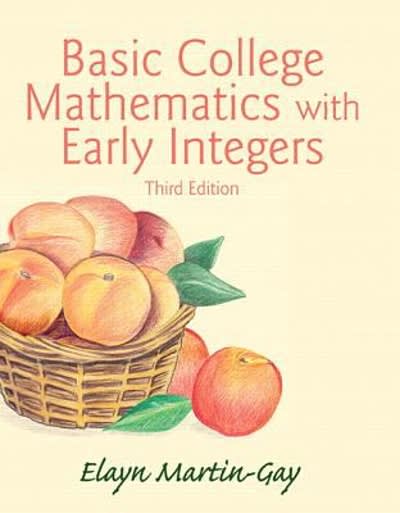Please help me with Q3c specifically, all information and data can be retrieved from Q1 and 2. Thanks in advance!
Question 1 (3 points) Suppose you have a population of size 7 [i.e. N27]. You measure some quantity (X ) and the corresponding numbers are: 21, 22, 23., 24, 25, 25, 27 a) Calculate the population mean (a) and print fshow the value. N __ 2 b) Calculate the population variance (or?) using the formula 02 m Z'='E:,{J M and print/show the value. c) Imagine you are taking samples (of size n = 4) from this population with replacement. Imagine every possible way that you could have a sample of size 4 with replacement from this population. (hint: there will be 7 * 7 as 7 at 7 = 2401 possible combinations) R code to get all possible combinations X=c(21, 22, 23, 24, 25, 26, 27) d=expand.grili(x,x,x,x) #You can continue your calculations using this "d\" all For emcel users, this following line will create a csv file for you. write.csv(d,file="Question1.csv" ,row.names = F) cl) For each of these samples of size 4, calculate the sample mean and record it (either as a new object in R or as a new column if you are using excel). Lets call this new column X _bar. 30 you should have 2401 values in this column. e) You should have noticed that the values in the X _bcr column are repetitive. Construct a frequency table based on the column X _bcr. [i.e. write down which values showed up how many times]. Now using the frequencies (also known as counts) calculate proportion of each of those repeated values. f) Plot these proportions against the values and connect the points to form a curve. Does the shape of this plot look like any known distribution? Name the distribution. g) Using the table of proportions[from part(e)] or otherwise, calculate the mean of these 2401 numbers (values under X_bar) and compare it to your answer of 1(a). b) Using the table of proportions[from part(e)] or otherwise, calculate the variance of these 2401 numbers. Use the population variance formula (Le. divide by 2401, not 2400). What is the relationship of this answer to your answer of 1(b)? 1) Which theorem did you demonstrate empirically in part f, g and h? Question 2 (3 points) This question continues from question 1(0). For each of these sample of size 4, calculate the sample variance using the following two formulas 1 2 S _n1 XXX: 27:)2 and 1 e2 = E 20:: )2")2 Assume the population variance, 0'2 = 4. (you should get 2401 different values of 5'2 and and 2401 different values of 6'2) a. By calculating (numerically, using the 2401 different values) Ba3[32] and Bias[6'2] check the unbiasedness of these two utimators. b. By calculating all three components separately, show that the following identity is true MSE[&2] = var[&2] + (Bio3[o\"'2])2 Question 3 (3 points) Even though we need sample size n to be large to apply central limit theorem, but let's apply it anyway. Suppose you know that the population variance, 02 = 4. a. For each of these 2401 cases, calculate a 95% condence interval for a and nally calculate the proportion of the intervals that includes a = 24. b. Suppose1 someone observes only one of these 2401 combinations (24,25,26,27). If that person is testing the null hypothesis Ho : ,u, = 24 at level of signicance, 0: = 0.05, based on this observed set of four numbers, calculate the p-value that the person will get using central limit theorem. c. Calculate the p-value numerically using the 2401 K" values that you calculated in part 1(d) (do not use CLT here). d. Why do you see a difference in your calculation in part(b) and part(c)? And under what condition you expect these two numbers to be similar









